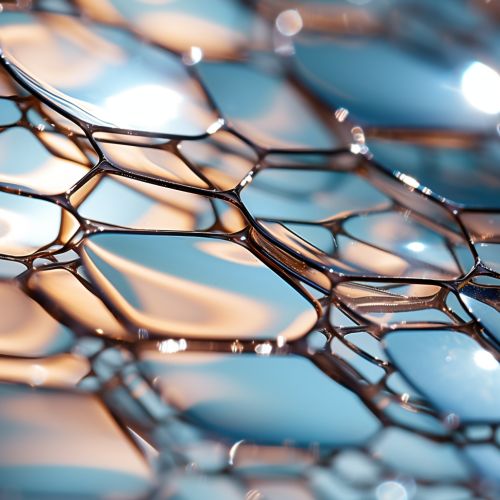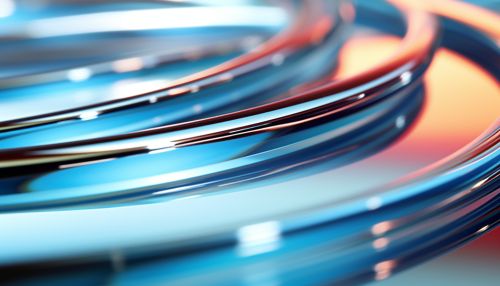Surface Science
Introduction
Surface science is the study of physical and chemical phenomena that occur at the interface of two phases, including solid–liquid interfaces, solid–gas interfaces, solid–vacuum interfaces, and liquid-gas interfaces. It includes the fields of surface chemistry and surface physics. Some related practical applications are classed as surface engineering.


Surface Physics
Surface physics is the branch of condensed matter physics that deals with the physical properties of the outermost layers of materials. It can be considered as a sub-field of solid state physics. The study of surfaces includes both physical and chemical analysis techniques. Several modern methods probe the topmost 1–10 nm of surfaces exposed to vacuum. Many of these techniques require vacuum as they rely on the detection of electrons or ions emitted from the surface under study.
Surface Structures
At the surface, the properties of the solid are distinctly different from that of the bulk. The presence of broken bonds leads to a variety of surface structures, generally different from the bulk crystallographic structure of the material. The surface structure of a crystal can be theoretically predicted by surface energy and surface relaxation calculations.
Surface Properties
Surface properties include structural, electronic, thermal, and chemical. The study of surface properties includes understanding processes such as catalysis, corrosion, and adhesion, and the development of new materials and processes for the microelectronics industry.
Surface Chemistry
Surface chemistry is the study of chemical reactions at interfaces. It is closely related to surface engineering, which aims at modifying the chemical composition of a surface by incorporation of selected elements or functional groups that produce various desired effects or improvements in the properties of the surface or interface.
Surface Reactions
Surface reactions are the chemical reactions that occur at the surface of a material. They are of central importance in fields such as catalysis, material degradation processes such as corrosion, and in the cleaning of surfaces. Surface reactions are often complex and include multiple steps, such as the adsorption of reactants, surface diffusion, reaction, and desorption of products.
Surface Adsorption
Adsorption is a process that occurs when a gas or liquid solute accumulates on the surface of a solid or a liquid (adsorbent), forming a molecular or atomic film (the adsorbate). It is different from absorption, in which a substance diffuses into a liquid or solid to form a solution. Adsorption is a surface-based process, while absorption involves the whole volume of the material.
Surface Engineering
Surface engineering is the sub-discipline of materials science which deals with the surface of solid matter. It has applications to chemistry, mechanical engineering, and electrical engineering (particularly in relation to semiconductor manufacturing).
Surface Modification
Surface modification is the act of modifying the surface of a material by bringing physical, chemical or biological characteristics different from the ones originally found on the surface of a material. This modification is usually made to solid materials, but it is possible to find examples of the modification to the surface of specific liquids.
Surface Characterization
Surface characterization includes a broad range of processes and techniques used to investigate the surface of materials. The methods are used in the fields of materials science, semiconductor processing, and biochemistry. The techniques can be categorized into three major categories: spectroscopic methods, microscopic methods, and mechanical methods.
